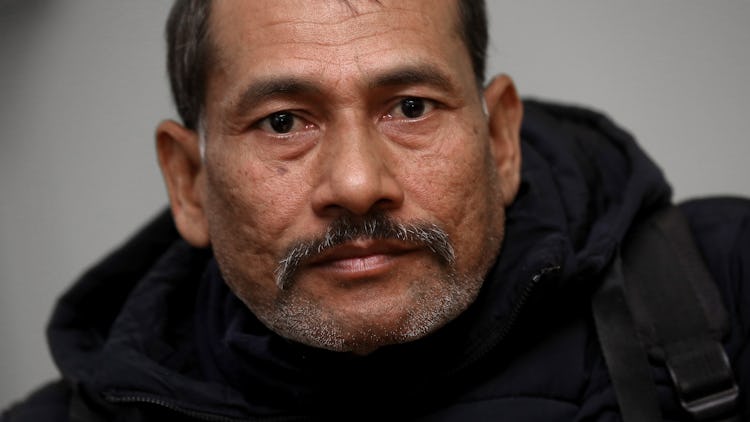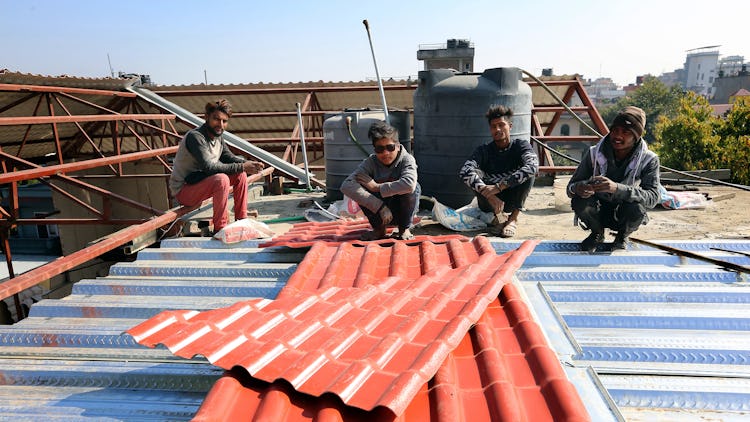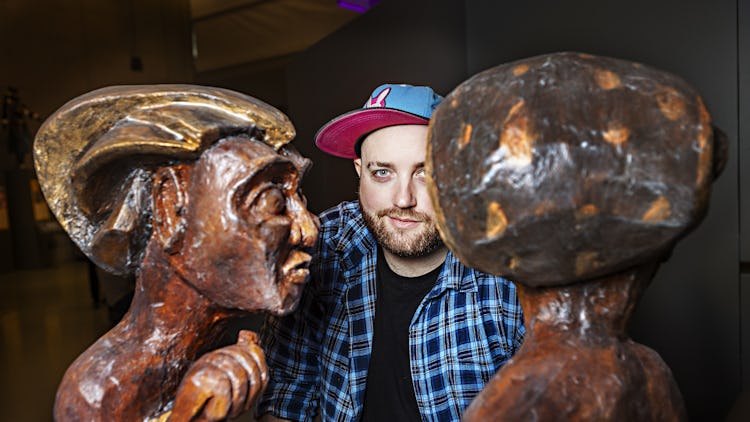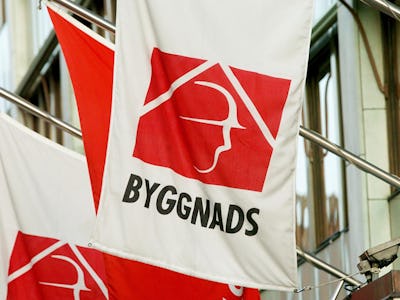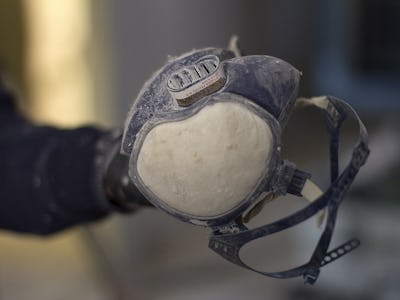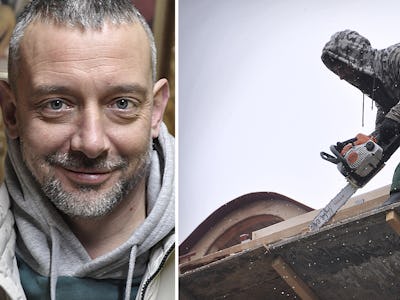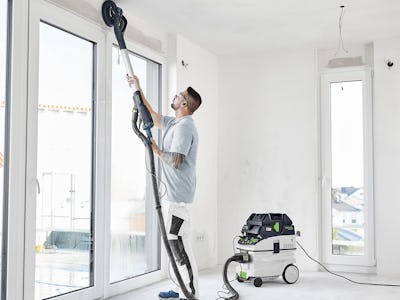The world’s three last painters’ unions converge: ”We have to fight the same battles”
Except for Sweden, there are only two other places in the world where painters still organize in their own separate trade unions: Denmark and North America. At the Swedish Painters’ Union’s 2019 congress, something highly unusual happened: Representatives from all these three unions met under the same roof.
– If we can make use of each other’s experiences and methods, I think our imagination is the only limit for what we can accomplish, says Mikael Johansson, president of the Swedish Painters’ Union.
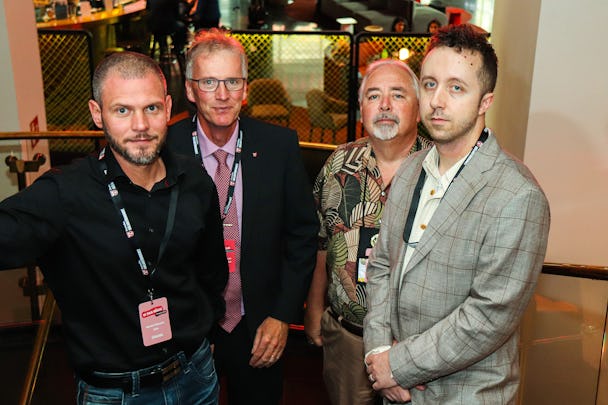
Martin B Hansen (ordförande, Malerforbundet i Danmark), Mikael Johansson (ordförande, Svenska Målareförbundet), Andrew Larsen (nationell projektkoordinator, IUPAT), Ryan Kekeris (assisterande organiseringsdirektör, IUPAT).
Sweden’s oldest trade union was founded on the 2nd of October 1887. Måleriarbetarförbundet, as it was called in those days, included largely the same professions as today’s Swedish Painters’ Union – save for the fact that in those days, vehicle paintjobs were done on carriages instead of cars.
The very same year, but almost on the other side of the world, the American painters’ union IUPAT was founded, comprising the US and Canada. Only three years later Malareforbundet, the Danish counterpart, was founded.
Today, more than 130 years later, these are the last three separate painters’ unions in the world.
During the Swedish Painters’ Union’s 2019 congress, the three unions got together under the same roof. The Swedish union has had meetings with both of the other two separately, but all three of them converging in the same place has not happened since the 1950s.
The representatives compared challenges and methods, and realized that their organizations have a lot to gain from active collaboration.
When companies control the politics, as it is in our country, they control everything.
–The challenges that exist in the US, Sweden and Denmark are fundamentally the same, and are also the same as those that existed in the late nineteenth century, says Martin B. Hansen, president of the Danish Malerforbundet.
Andrew Larson, representative of the American organization, agrees.
– The construction industry is global now, and the people doing construction work in the US also do work here in Sweden and all over the world. So we have to become global as well. We have to fight the same battles and work together. That’s the only way for us to succeed, he says.
At the same time as the three organizations have a lot in common, on some points their work differs significantly.
Andrew Larson explains how, during the last century, the position of the American trade unions has been moved back at an increasing pace.
– What you have in Sweden and Denmark today is what we used to have as well, pertaining to legal protection for workers and labour union work. Step by step this protection has been peeled away. It can happen quickly, he says and continues:
– When companies control the politics, as it is in our country, they control everything.
I’m sure the merger was a good decision at that particular time. But it happened at the expense of the painters’ issues.
Another area where the countries differ is in the gender balance amongst the members. While Sweden and America work hard to get more women to join the painter trade, Denmark is already far along the road.
–The last twenty years, a lot of young women have entered the painter profession. Today 40 percent of our members are women, as are more than half of those presently starting their painter training, says Martin B. Hansen, and explains that a big part of the success is due to the organization having been actively present at the schools.
When it comes to age balance, however, Sweden is at the forefront. A survey from 2017 shows that almost a third of the members are younger than thirty years old.
In the other two countries, the situation is completely different. The Danish union is seeing a decrease in interest from the young, and in the American organization the average apprentice is 31,6 years old. Half of them are even older.
–Us old-timers cannot bring the union forward. We can’t do what it takes, so we’re desperate to recruit new members, Andrew Larson says.
However, they are all in agreement that there is strength in having an organization that gathers a certain profession specifically.
– Twenty years ago there was a painters’ union in Germany. Now there is a big construction workers’ union instead. It’s a good, big union and I’m sure the merger was a good decision at that particular time. But it happened at the expense of the painters’ issues, says Mikael Johansson of the Swedish Painters’ Union.
I think that the independent unions are more important today than they have been for a very long time.
The American union’s second representative, Ryan Kekeris, agrees.
– I think that the independent unions are more important today than they have been for a very long time. So I’m glad that our organizations stand united in this struggle, he says.
The three unions already have plans for future collaborations, but don’t want to reveal any details about the project just yet.
– We are going to work together to combat the negative sides of the global construction industry. This is a challenge that we will take on together, says Andrew Larson and continues:
– The first step is always to establish good contact. I think that we have that now, and from here we will continue working to strengthen our painters’ unions.
Mikael Johansson of the Swedish organization agrees.
– If we can make use of each other’s experiences and methods, I think our imagination is the only limit for what we can accomplish, he says.
